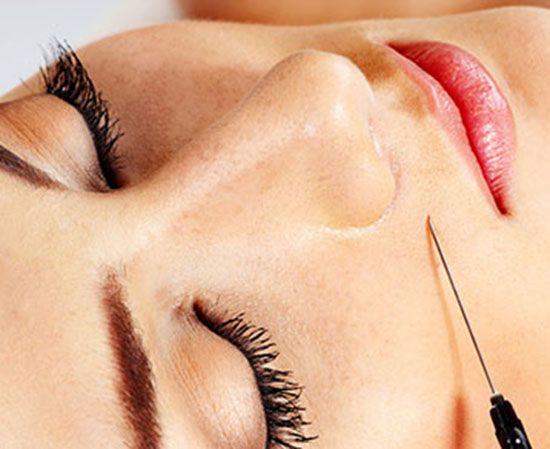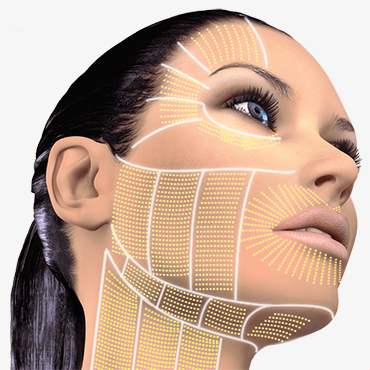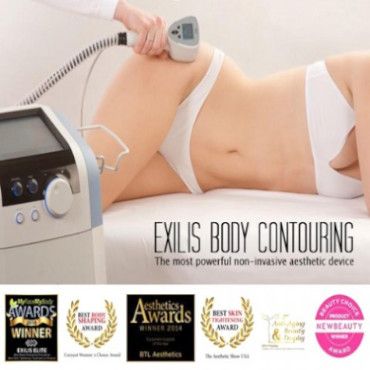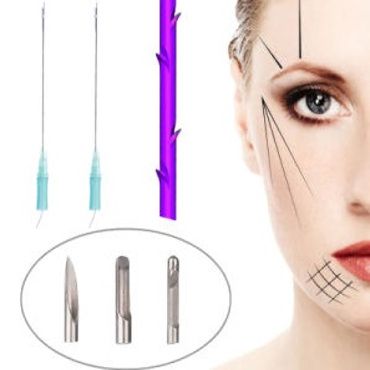Non invasive cosmetic surgeries near Dearborn MI

INJECTABLE DERMAL FILLERS
Did you know that much of the visible signs of aging can be linked to volume loss? Well, it’s true. As we age, our facial tissues tend to thin out and expand. Lines start to become visible around our mouth, under our eyes, and around our face. Perhaps our cheeks start to hollow out and other parts of our face begin to sag. All this is linked to volume loss.
However, dermal fillers help replace this lost volume. They help smooth out wrinkles, plump up our lips, and rejuvenate our faces to a more youthful period. But what exactly are dermal fillers? What are the categories and what can you expect from such treatments? Moreover, what is the best way to choose a provider and how long do results typically last? These are the questions this article aims to answer.
What are Injectable Dermal Fillers?
Injectable dermal fillers are medical device implants approved by the Food and Drug Administration (FDA) to help create a fuller, smoother appearance in the location they are used. In particular, dermal fillers consist of a quasi-gel volumizing substance injected directly beneath the skin to revitalize lost volume, smooth wrinkle lines, and enhance facial contouring. Just to get an idea of the immense popularity of dermal fillers, in 2013 alone, over 2 million American men and women underwent dermal filler injection treatment.
What can Dermal Fillers do to Enhance my Look?
Dermal fillers can do a lot. Although they are mostly known for smoothing wrinkles, here are some common issues they are known to resolve:
- Decrease and eliminate wrinkle lines that form around the nose and mouth (e.g. marionette lines)
- Rejuvenate and restore natural volume to sunken cheeks
- Plump up lips
- Decrease vertical lip lines
- Smooth out unnatural creases that form with age
What are Dermal Fillers Made from?
There are numerous FDA-approved substances used as filler products by cosmetic surgeons. Each one is utilized depending on the unique goals of each patient. The following list categorizes each of the main types of dermal fillers along with a brief description. Each type differs according to numerous factors such as density, texture, and injection depth.
CAUTION: Always make sure you are receiving only FDA-approved brand name fillers given via a licensed and experienced physician.
Hyaluronic Acid (HA) Fillers: Hyaluronic acid is actually a natural substance already excreted in your own skin. HA keeps your skin rejuvenated and well-hydrated. HA fillers are generally very soft and gel-like. The results from HA filler injection usually last anywhere from 6 months to a year (by then, your body slowly and naturally absorbs the compound). Some FDA-approved HA fillers include Restalyne®, Belotero®, Juvederm®, and VOLUMA®
Calcium Hydroxylapatite (CaHA) Fillers: Calcium hydroxylapatite, like Hyaluronic Acid, is also a natural substance excreted in our bodies. Unlike Hyaluronic Acid though, CaHA is primarily found in our bones. When used in fillers, the calcium compounds are extremely tiny and are suspended in a smooth gel. CaHA fillers are usually thicker than HA fillers so, therefore, last longer (usually for at least 12 months). CaHA has also been shown to stimulate our body’s natural production of collagen and is usually used for deeper creases and wrinkles. FDA-approved CaHA fillers include Radiesse®
Poly-L-lactic Acid Fillers: Poly-L-lactic acid is a synthetic biodegradable substance. It is biocompatible so is absolutely safe to use in the human body. Poly-L-lactic acid fillers last a long time and are actually considered as ‘semi’ permanent, typically lasting at least a couple of years. They too, like CaHA fillers, help stimulate the natural production of collagen in our bodies. Since it is a relatively thick filler, it is typically used for very deep facial wrinkles. FDA-approved Poly-L-lactic acid fillers include Sculptra Aesthetic.
Polymethylmethacrylate (PMMA) Fillers: Polymethylmethacrylate is also a synthetic substance that is safe to use in our body (biocompatible). This particular substance has actually been used in medicinal procedures for most of the past century. When it is used in injectable dermal fillers, PMMA takes the form of a tiny ball (microsphere) that stays beneath the skin permanently in order to provide continual cosmetic support. PMMA also contains collagen thus providing the skin with strength, firmness, and structure. FDA-approved PMMA fillers include Bellafill®.
How to Choose your Provider for Filler Treatments?
When thinking about a provider for injectable fillers, give your decision great care as you would any complex surgical procedure. Although injectable dermal filler treatment is considered ‘non-surgical,’ it is still a medical procedure that necessitates training, knowledge, and skill on the part of the physician. There is also a certain art involved so go with an experienced provider who has a track record of success in such treatments.
What to Expect During Injectable Filler Treatment?
Injectable dermal fillers are non-surgical and are usually completed during one office visit. However, your initial treatment will begin with a consultation where you will meet with your cosmetic surgeon to talk about your particular needs and goals.
Initial Consultation:
During your initial consultation appointment, your doctor will discuss your particular needs and goals. He or she will also conduct a review of your medical history. Although dermal fillers are non-surgical, there can be certain risks so it is vital you honestly disclose your medical history to the doctor since there are certain allergies, skin conditions, neurological issues, and particular medications that can put you and your treatment at risk. An example would be telling your doctor if you’ve been taking any NSAIDs such as aspirin, naproxen, ibuprofen, or blood thinners since these increase the risk of bruising post-treatment.
The Actual Filler Procedure:
Directly before your treatment, the area to be treated will be cleaned and your doctor may give you a topical anesthetic to numb the area before injection. Many filler products on the market also contain lidocaine, which is a mild local anesthetic, in order to help minimize discomfort during and after your treatment. Then, at this point, your doctor will inject a particular amount of filler under your skin. He or she would do so in a strategic manner in order to maximize results and minimize discomfort.
Although it would depend on the particular brand and filler category used, along with the area treated, you should be able to see immediate results after your injections. You may experience slight bruising and swelling but these are temporary and will disappear over the course of a day or two. You should also be able to go back to your normal routine directly after treatment although your doctor may advise you to avoid exercise or other strenuous activities for a day or so.
How Long Do Dermal Fillers Typically Last?
How long your treatment lasts would depend on several factors. For one, it depends on the particular filler treatment you use. Other factors include the area treated, the amount of filler used, and the unique idiosyncrasies of each patient. In general, the denser the product (a type of filler) and the more deeply it is injected, the longer it will last. To maintain your results, your doctor will most likely repeat treatment, modifying the filler type, amount, and technique as necessary.
Hyaluronic Acid (HA) fillers are usually the most temporary option and, therefore, are recommended for patients who have never undergone filler treatment. As previously mentioned, HA fillers typically last anywhere from 6 - 12 months, usually depending on the area treated. For example, HA fillers to the lips usually have a shorter duration compared to the treatment of other areas. Moreover, certain brands such as VOLUMA are manufactured to last a little longer, however, they are meant for particular areas such as the cheeks.
Synthetic fillers such as Poly-L-lactic and PMMA fillers are usually longer lasting than natural fillers containing HA. CaHA usually is considered thicker fillers than Ha and last between 18-22 months. However, it is imperative you understand that the results typically last for years so you better be committed. You should also choose the provider very carefully, and one who has lots of experience in the technical and aesthetic sense.
MI Body Contour - Extensive Experience and Proven Results for our Patients
With the help of an experienced and skilled provider, injectable dermal fillers can give you a great natural look to help you feel more confident in yourself. The doctors at MI Body Contours & Cosmetics have decades of combined experience and have conducted over 3,500 cosmetic procedures to date. Feel free to contact us to set up a consultation appointment. Also, visit our facebook page to see our customer reviews, stay in-the-know about cosmetic services, and receive our latest offers!












